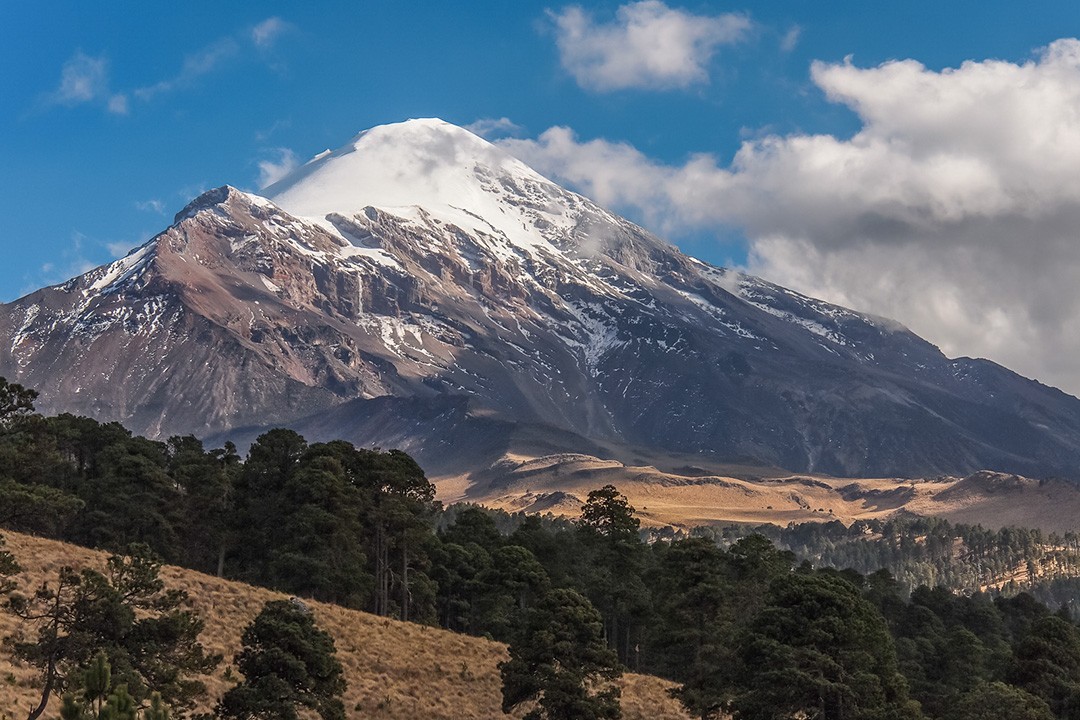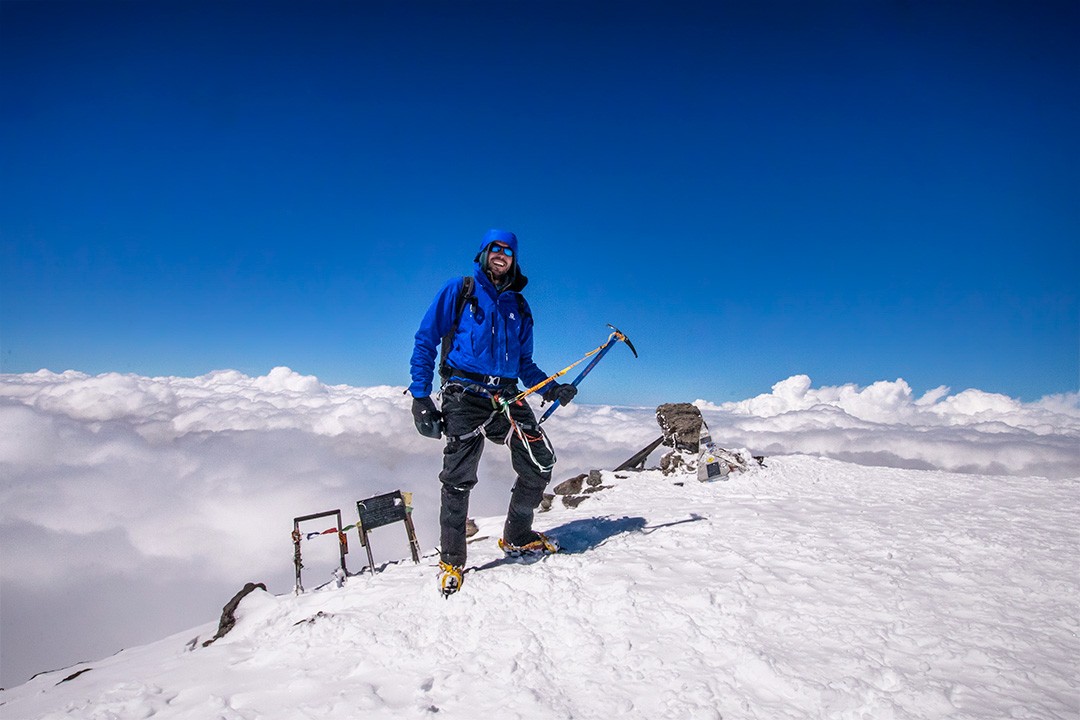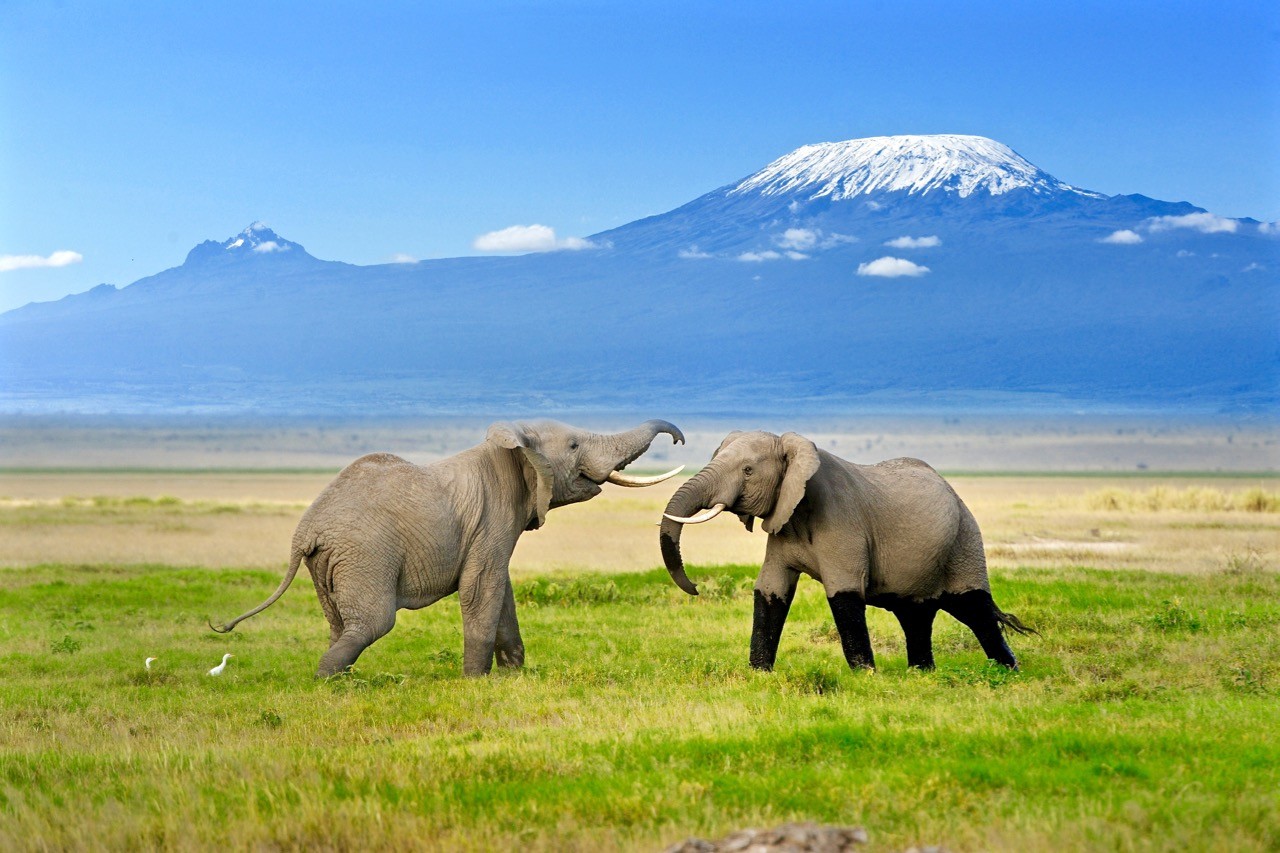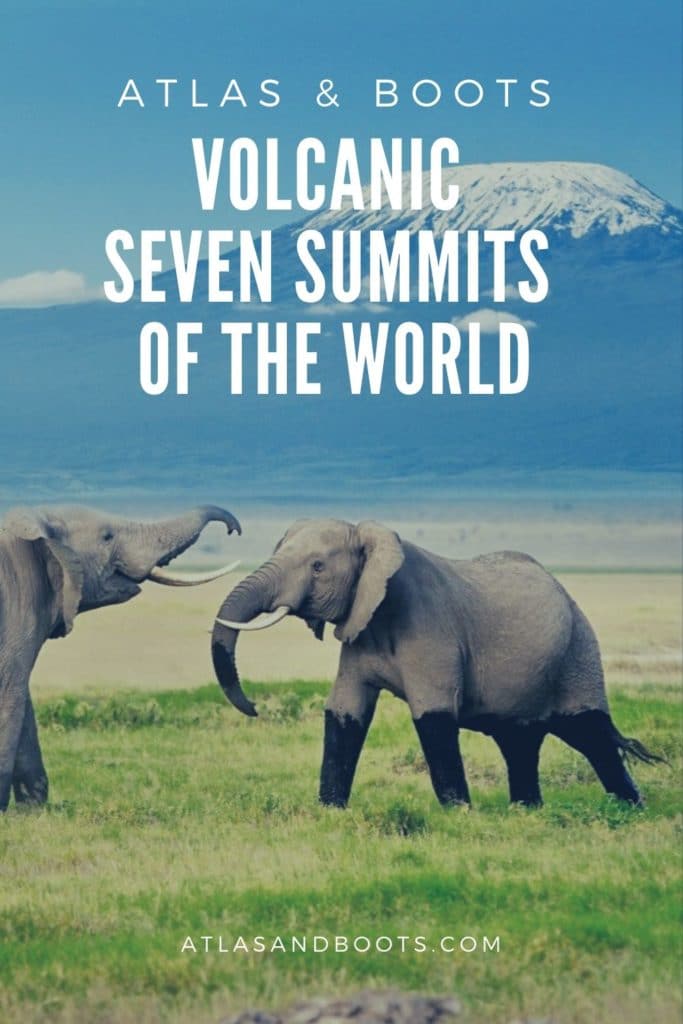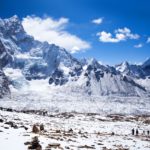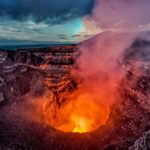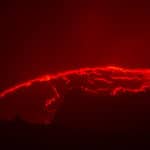We take a look at the volcanic seven summits – the highest volcano on each continent
The volcanic seven summits may not be coveted with the same vigour as the seven summits or even the seven second summits, but the peaks still offer a worthy challenge
We’ve just returned from Erta Ale volcano in Ethiopia, one of the most active volcanoes in the world. Erta Ale may not be as lofty or as challenging as the following summits, but it did remind us why we stand in awe of volcanoes – active or not.
The challenge of climbing volcanoes is that they’re often lone mountains with higher prominences than mountains rooted in ranges. On the other hand, a volcano’s cone and crater provide a unique and often picturesque summit as opposed to one peak in a line of peers. In addition, volcanoes are usually more accessible and can often be summited without technical skills.
I’ve spoken before about my improbable dream of climbing the seven summits. I’m not yet ready to downsize my dreams to something more achievable like the volcanic seven summits, but find them worth exploring nonetheless.
The Volcanic Seven Summits
Two of the volcanic seven summits are also members of the seven summits, the highest mountains on every continent. Mount Kilimanjaro in Tanzania and Mount Elbrus in Russia, both formed volcanically, are also the highest peaks of their respective continents: Europe and Africa.
Additionally, Ojos del Salado on the Chile/Argentina border is the second highest summit in South America and a member of seven second summits.
1. Mount Sidley
Height: 4,285m (14,058ft)
Location: Antarctica
Range: Executive Committee Range
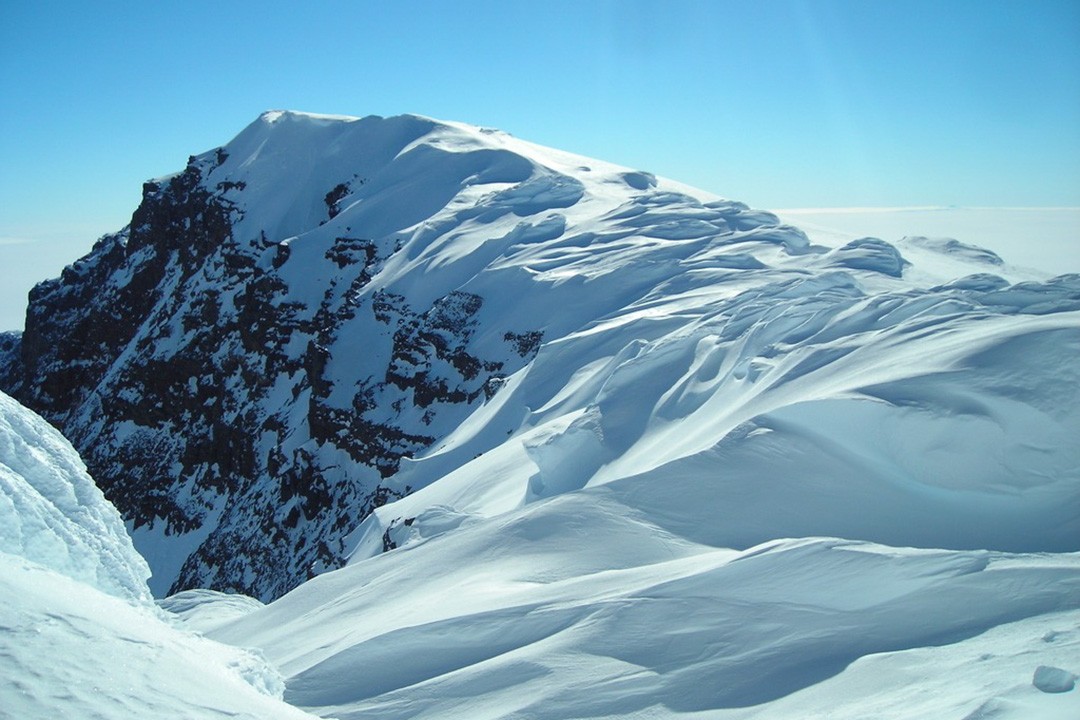
Undiscovered until 1934 and unclimbed until 1990, Mount Sidley in the Antarctic still languishes in obscurity due to its position within the largest single unclaimed territory on Earth. Even by Antarctic standards, this is a deeply remote part of the world.
The volcano was created by a volatile eruption 4.7 million years ago and sits along a 900km (560mi) stretch of Antarctica’s Pacific Coast where of a total 18 significant volcanoes protrude from the ice sheet.
It is little known in the mountaineering community, but a handful of expeditions do venture there every year including specialists 7 Summits Club.
2. Mount Giluwe
Height: 4,368m (14,331ft)
Location: Papua New Guinea, Oceania
Range: Southern Highlands
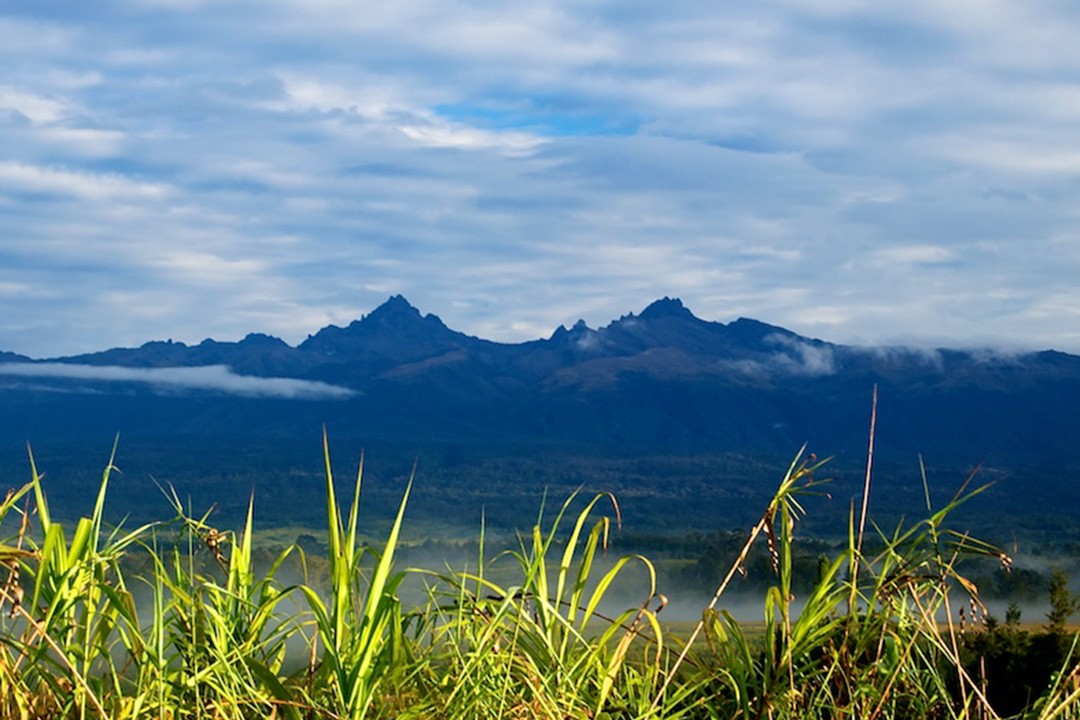
Mount Giluwe is the second highest peak in Papua New Guinea and the second lowest of the volcanic seven summits. The original volcano was formed roughly 650,000 to 800,000 years ago. However, renewed eruptions around 220,000 to 300,000 years ago are what shaped the modern shield-like bulk of Mount Giluwe.
The hike to the summit is not as challenging as other mountains on this list. Most round trips to the summit usually take four days/three nights and the small amount of time spent at relatively low altitude means acclimatisation isn’t a big factor.
3. Mount Damavand
Height: 5,610m (18,406ft)
Location: Iran, Asia
Range: Alborz
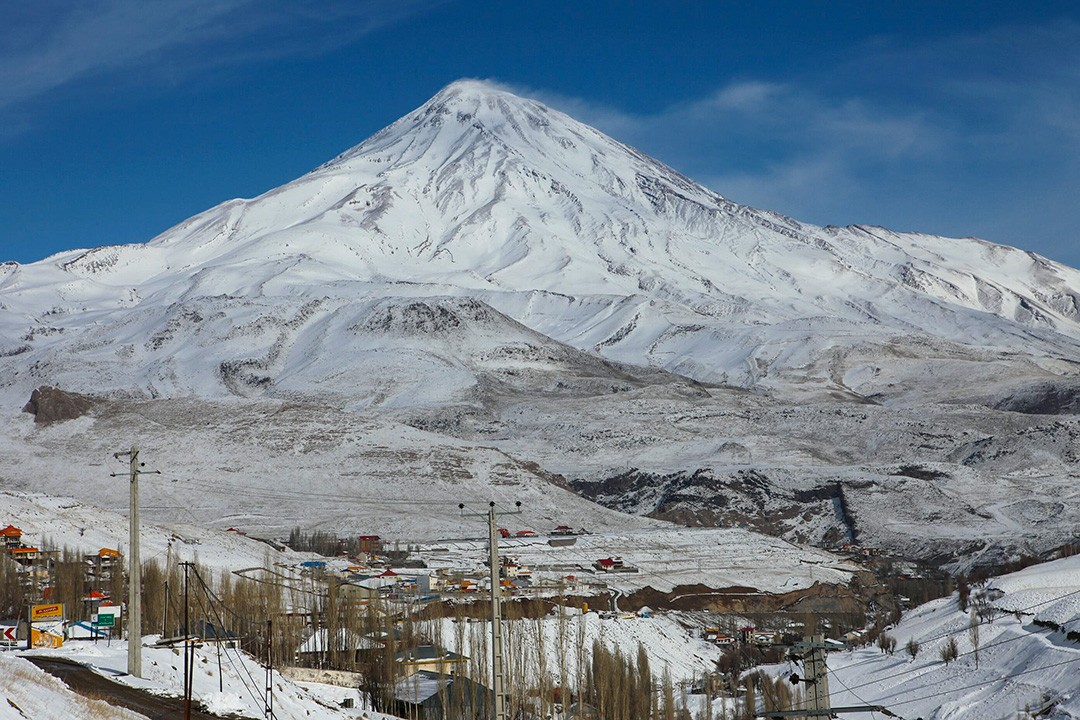
For once, an Asian mountain doesn’t top a peak-bagging list. Likewise, the Asian representative on this list is not located in the Himalayas. Instead, it’s Mount Damavand in northern Iran that takes the title of highest volcano in Asia.
As the volcano is only 66km (41mi) northeast of capital city, Tehran, it is also considered a fairly accessible summit. There are at least 16 known routes to the summit with varying levels of difficulty. Some are challenging rock-climbing routes while most are merely tough and arduous treks with small scrambling sections.
Most guided expeditions are around seven days with a day or two of rest built in for acclimatisation.
4. Pico de Orizaba
Height: 5,636m (18,491ft)
Location: Mexico, North America
Range: Trans-Mexican Volcanic Belt
Pico de Orizaba is the highest mountain in Mexico and the third highest in North America. Located in the eastern end of the Trans-Mexican Volcanic Belt, the volcano is currently dormant but not extinct; the last eruption took place during the 19th century.
Altitude is a concern and some ice axe, crampon and rope work skills are necessary. However, Pico de Orizaba is not considered a particularly difficult climb. Most ascents take the best part of a week and should include acclimatisation and rest days.
5. Mount Elbrus
Height: 5,642m (18,510ft)
Location: Russia, Europe
Range: Caucasus
As a member of the seven summits, Elbrus is one of the more famous mountains in this list. Located in southern Russia near the border with Georgia, the twin peaks of Mount Elbrus stand as watchtowers rising nearly 1,000m (3,280ft) above the encircling peaks of the Caucasus range.
The mountain’s two summits are dormant volcanic domes, making Elbrus a double-coned volcano. The taller west summit is 5,642m (18,510ft) while the lower east summit is 5,621m (18,442ft).
I recently climbed Elbrus as part of an eight-day ascent to the westerly peak with 7 Summits Club. Some ice axe, crampon and rope work skills are necessary.
- Climbing Mount Elbrus: my second seven summit
- Elbrus kit list: all you need to climb Europe’s highest peak
6. Mount Kilimanjaro
Height: 5,895m (19,341ft)
Location: Tanzania, Africa
Range: None – freestanding
Another member of the seven summits, Kilimanjaro in Tanzania is probably the most celebrated member of the volcanic seven summits. Kilimanjaro is the world’s highest freestanding mountain, meaning it is not attached to a mountain range. I trekked it in 2010 and it was inspirational to say the least – it is what really piqued my love of high-altitude mountains.
Kilimanjaro is a beautiful mountain that boasts myriad landscapes and climatic zones, each with its own distinct flora and fauna. Ascents begin in dense and lush rainforest, followed by a more scrubland setting with low brush. At around 4,000m (13,100ft) this gives way to an arid and rocky, almost lunar-like landscape before finally, on summit day, a very fine glacial scree.
The most popular mountain on this list can be trekked in four days, but six to seven is more common, enjoyable and safe. We recommend G Adventures’ several options.
7. Ojos del Salado
Height: 6,893m (22,615ft)
Location: Chile/Argentina, South America
Range: Andes
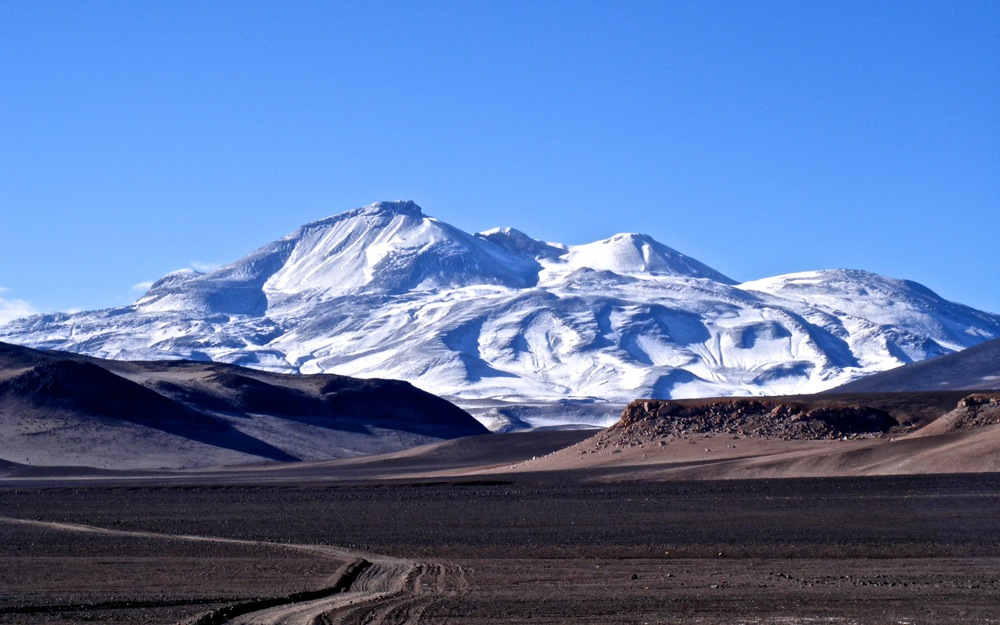
Positioned on the Argentina-Chile border, Ojos del Salado is the highest of the seven volcanic summits. It is also the second-highest mountain outside the Himalaya, second only to Aconcagua 630km (390miles) further south, making it a member of the seven second summits.
Due to its proximity to the Atacama Desert (the driest place on Earth), conditions on the mountain tend to be fairly dry all year round. Despite this, expect to find snow on the slopes as it can fall all year round due to the volcano’s exposed slopes.
Ojos del Salado is by far the most challenging mountain on this list in terms of time, stamina and commitment required. Expeditions usually take between 15-19 days.
